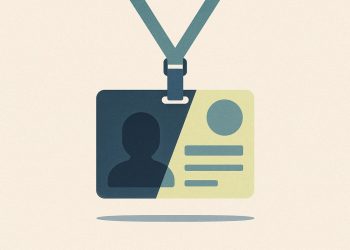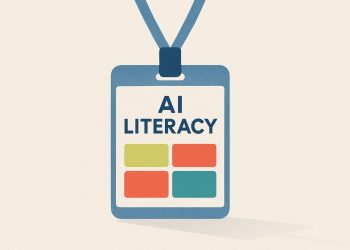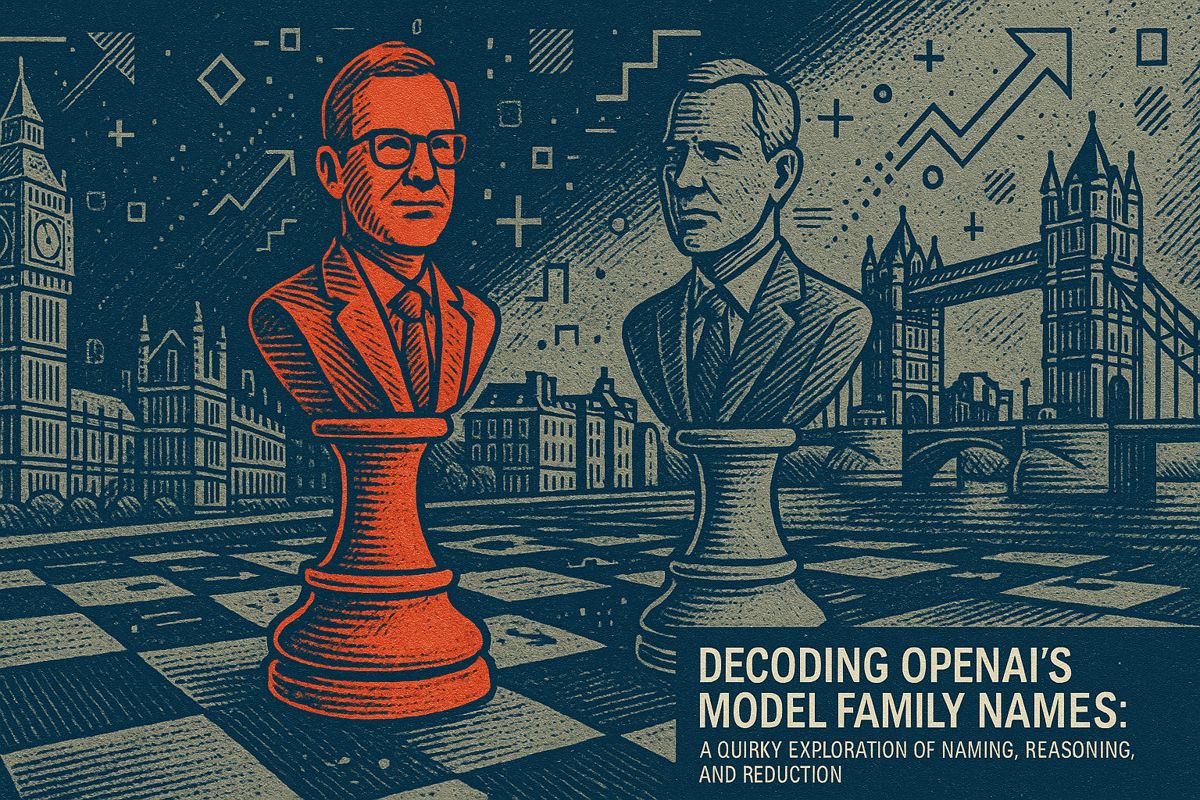In 2025, companies use a simple five-part AI toolkit to stay ahead: a guide for ChatGPT, dashboards showing how jobs are changing, easy ethics tools, new open-source AI systems, and free learning websites. These resources help teams learn quickly, stay ethical, and keep up with fast AI changes. With this stack, workers can build new skills, spot new job trends, and use AI in smart, safe ways. The key is to pick what fits and keep learning every week.
What is the essential AI resource stack for enterprises in 2025?
In 2025, enterprises achieve AI mastery through a five-part resource stack: a practical ChatGPT playbook, labor-market dashboards, an actionable ethics toolkit, open-source AI infrastructure updates, and dynamic learning platforms. This approach enables ongoing upskilling, ethical adoption, and strategic alignment with evolving AI trends.
The shift from AI mystery to AI mastery no longer hinges on finding one perfect course. Instead, informed learners in 2025 are building a lightweight, five-resource stack that covers theory, practice, ethics, labor-market signals, and policy outlook. Below is a field-tested checklist that teams from startups to Fortune 500 companies have adopted as their internal syllabus.
1. Creative ChatGPT Playbook
Most power users still exploit only ~10 % of what ChatGPT can do. A recent industry review mapped 40+ real-life 2025 use cases already in production, including Spotify’s instant multilingual support and Duolingo’s dynamic translation pipelines.
– Starter kit: 50 ChatGPT Use Cases with Real Life Examples in 2025
– Quick win: Copy-paste the five prompts from Genius ChatGPT Prompts You’ll Steal in 2025 to automate research briefs or generate structured content grids.
2. Labor-Market Radar for Early-Career Tech Workers
AI is not simply “taking jobs”; it is reshaping entry points. According to the World Economic Forum (April 2025), 40 % of employers expect to reduce headcount in roles that AI can automate, while new postings for “Prompt Engineer” and “AI Content Creator” rose 135 %+ year-over-year.
– Resource : AI Literacy Review – August 5, 2025 offers quarterly dashboards on job-family shifts and salary bands.
| Role | 3-Year Growth | Median Salary (USD) |
|---|---|---|
| AI Engineer | +143 % | 165 k |
| Prompt Engineer | +136 % | 125 k |
| Entry-Level QA (legacy) | -24 % | 70 k |
3. Ethics Toolkit You Can Deploy Monday Morning
Ethics is no longer a slide deck. The 2025 Eight-Principle Framework (EDUCAUSE) translates beneficence, justice, and autonomy into grading, advising, and admissions workflows. Each principle ships with an editable rubric and an Institutional AI Ethical Review Board template.
– Download the open-source ebook Teaching AI Ethics under Creative Commons license.
4. Open-Source AI as National Infrastructure
Open-source models moved from “nice to have” to national priority in July 2025. The White House’s “Winning the AI Race” plan earmarks *multi-trillion-dollar * infrastructure for open, auditable systems as a hedge against proprietary black boxes.
– Track funding RFIs and policy drafts at the official AI Literacy Institute digest.
5. Living Learning Platforms (Zero-Cost)
Continuous upskilling requires sources that update faster than textbooks. Three platforms dominate internal L&D budgets:
1. Microsoft AI Skills Path – free modular tracks for educators and non-technical staff (Microsoft toolkit).
2. MIT AI Playground – interactive tutorials that run in a browser.
3. ISTE+ASCD Toolkit – lesson plans and micro-credentials updated monthly.
One-Week Sprint Plan
| Day | Action | Minutes | Link |
|---|---|---|---|
| Mon | Run ChatGPT prompt #1 to auto-summarize last quarter’s KPI docs | 15 | Prompt video |
| Tue | Skim labor-market radar, flag two emerging roles | 20 | Review |
| Wed | Download ethics rubric, adapt to your sprint retro | 30 | Framework |
| Thu | Fork open-source model from new federal sandbox | 45 | Playground |
| Fri | Earn Microsoft micro-credential badge | 60 | Path |
Adopt, remix, or ignore any piece; the real asset is the *cadence * of weekly refresh and immediate application.
What entry-level tech roles are disappearing in 2025, and which new ones are emerging?
40 % of employers expect to reduce head-count where AI can automate tasks, with entry-level coding and data tasks being the first to disappear [source: World Economic Forum, April 2025]. At the same time, mentions of AI in U.S. job postings jumped 56 % in 2025, fueled by brand-new titles such as AI Engineer (+143 %), Prompt Engineer (+135 %), and AI Content Creator (+134 %) [source: Autodesk News, June 2025]. The takeaway: junior developer pipelines are narrowing, but AI fluency is now a core qualification across most functions.
How is the U.S. government backing open-source AI as a national priority?
On July 23, 2025, the White House released “Winning the AI Race: America’s AI Action Plan” – a federal blueprint that makes open-source AI a formal pillar of U.S. technology policy. The plan channels multi-trillion-dollar investments into open, auditable AI systems and establishes an Institutional AI Ethical Review Board (AIERB) in every major agency [source: Skadden, July 2025]. The goal: keep American innovation transparent and competitive, while preventing foreign exploitation of U.S.-developed models.
Which practical frameworks help educators and professionals embed AI ethics today?
An eight-principle framework – beneficence, justice, autonomy, transparency, accountability, privacy, fairness, risk-benefit assessment – is now the de-facto checklist for higher-ed and enterprise deployments [source: EDUCAUSE, June 2025]. Institutions pair this with scenario-based workshops (e.g., grading or advising bots) and open-source toolkits from IEEE & UNESCO. Instead of compliance-only training, the emphasis is on shared governance: faculty, students, and staff jointly oversee every new AI roll-out.
What free resources can upskill non-technical teams in 2025?
- Microsoft Learn AI Literacy Path – free, self-paced courses plus a $4 billion workforce training pledge launched this year [source: Microsoft Education Blog, March 2025].
- ISTE + ASCD StretchAI coach – early-access, AI-powered teacher coaching and plug-and-play lesson plans.
- MIT AI Playground & App Inventor – drag-and-drop labs for experimenting with real models in under an hour.
These platforms are designed for K-12 educators, HR teams, and small-business leaders, not just engineers.
How are young tech workers future-proofing their careers right now?
Continuous micro-credentialing is replacing four-year degrees as the fastest route to stay relevant:
– Gen Z job seekers who earn short certificates in prompt engineering or AI oversight see 35 % faster hiring rates [source: Autodesk News, June 2025].
– Major firms like IKEA and Microsoft now fund alternatives to entry-level roles, turning internships and apprenticeships into AI-augmented learning tracks.
The winning formula: pair human judgment skills (empathy, creativity, collaboration) with targeted AI literacy – a combination that remains hard to automate and in high demand.



















